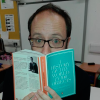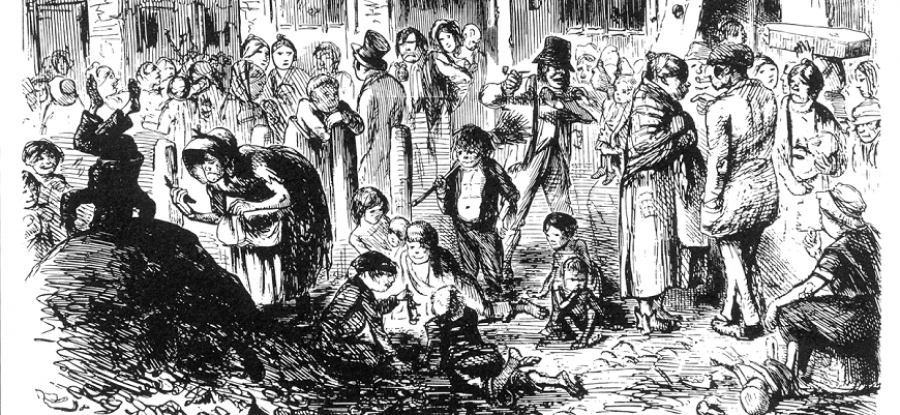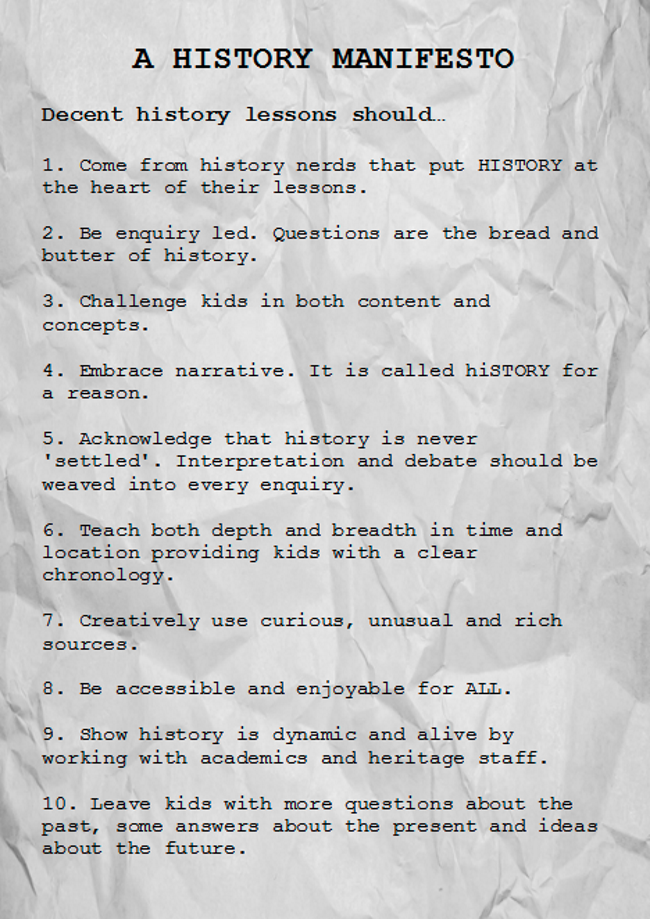
1) Enquiry questions
Questions are the bread and butter of History, and all lessons need a good one to get your kids involved. Walking into a lesson and writing ‘Henry VIII’ on the board will only light up the nerdiest of kids. Turning your lesson into an enquiry will hook in more and provide structure to your lesson. Now, a boring question like “Henry VIII - good or bad king?” won’t do. It’s got to be something really gripping. This takes time and effort to come up with. Michael Riley and Jamie Byrom of the Schools History Project call this wrestling. In the Henry example, how about “To what extent did Henry VIII’s lust cause the split with Rome?” Surely all the kids will be gripped now! And as an additional bonus, teaching this way will really encourage debate. History is not settled or agreed upon, and we should have as much discussion and disagreement as we can in our lessons!
2) Use primary sources
Every History lesson should include a primary source at some point, whether that be a photo, a painting, a testimony. Anything from the time you are studying. Firstly, it makes it real. History can often seem “a foreign country”, and in fact, for a kid it can seem so foreign that it is often unreal. Primary sources bring it alive and show that this actually did happen. Secondly, a great primary source, one that is really rich in detail, unusual and curious, can encourage fantastic historical thinking. It gets the kids asking questions and working it out on their own. Below is one I regularly use. It’s a satirical source about the conditions of the working class in the mid-19th century. It’s a total winner.
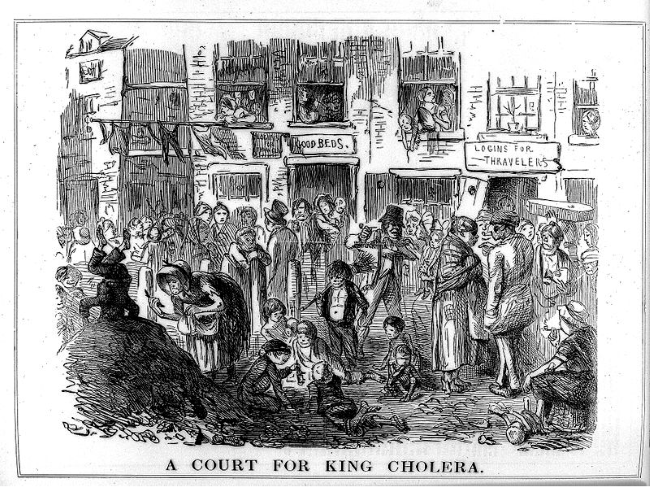
3) Use the work of academic historians
History is a dynamic and vibrant subject. It is not something someone did in the past and is now settled. It is ongoing and new things and new interpretations of the past are being produced right now. As decent History teachers we need to try to keep up with this. And I purposely emphasise the try. Obviously, you can’t read everything that was ever written about the topics you teach. But you can dip in now and again. I have been working on a textbook about the Nazis which has left me slightly obsessed, and the picture [below] is my Nazi trolley!
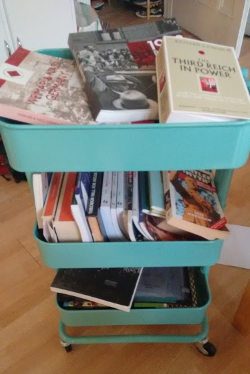
It’s stacked with books and other resources and the snippets I’ve taken from these have certainly enhanced my lessons. The other way you can use the work of historians is by bringing interpretations down from the lofty heights of A-level and including them in all your lessons from Year 7 to Year 13. Provide your kids with a real historian’s opinion on a topic and let them rip it apart. They’ll love it, as they love criticising people! In Year 8, the kids I teach complete an enquiry looking at Professor Ronald Hutton’s opinion that Oliver Cromwell was “50% saint and 50% serpent”. At the end they write letters to him telling him why he is wrong! This immerses them in the practice as well as the content of history which has got to be a great thing.
4) Story, story, story
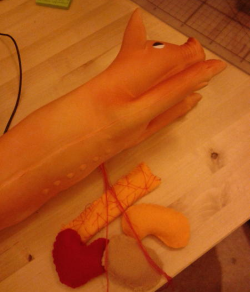
History is the story of the past. But for too long the story bit has been a bit of an ugly word to most teachers. Due to the big bad O, many of us have been afraid to stand at the front of lessons and tell a story. But remember why your favourite History teacher was your favourite, and I bet it’s because they could spin a good yarn. We should too! Obviously you shouldn’t stand at the front of the lesson for an hour wittering on, but short, choice bits of effective storytelling will really immerse your students in it. Use props, use visuals and it’s even better. I teach Galen entirely through storytelling now, using a cheap rubber pig [above] I bought from Wilko that I perform an operation on, pulling out felt organs my long suffering girlfriend helped me make. We should also get the kids to tell their own stories of the past. Recently I’ve been experimenting with kids using the techniques they learn in their English lessons - metaphors, similes etc - to tell the story of the past. Here’s a simile one of my Year 8s wrote about the abolition of the Transatlantic Slave Trade. It’s an extreme example, but boy does it show he got it!
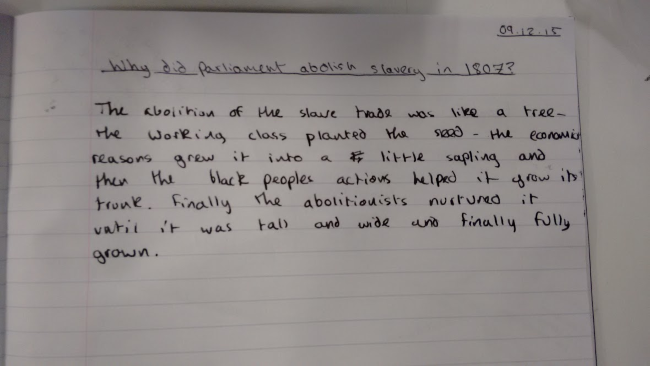
5) Make it local
Kids love local history. They like working out why their village, town or city is the way it is, they like realising that odd or important things happened near where they are studying and they like leaving the classroom. It makes our subject more relevant and we should do it more. If you know nothing about your local area someone else will. Local library staff and heritage sector staff are wonderful unsung heroes. Ask if they can help with your lessons and they will bend over backwards, providing you with curious sources or quirky facts. Additionally, we should get our kids out into our local communities to see the ‘history around us’. For ages, this has been promoted by the Schools History Project, and rightly so. It doesn’t have to be an onerous, day-long school trip - we’ve recently been doing one hour lesson long field visits to see something simple in the local area, for example the Blitz damage in Bristol. It engages the kids, immerses them in a bit of history and they hugely appreciate it.
Do you teach History? Share your own tips below!

